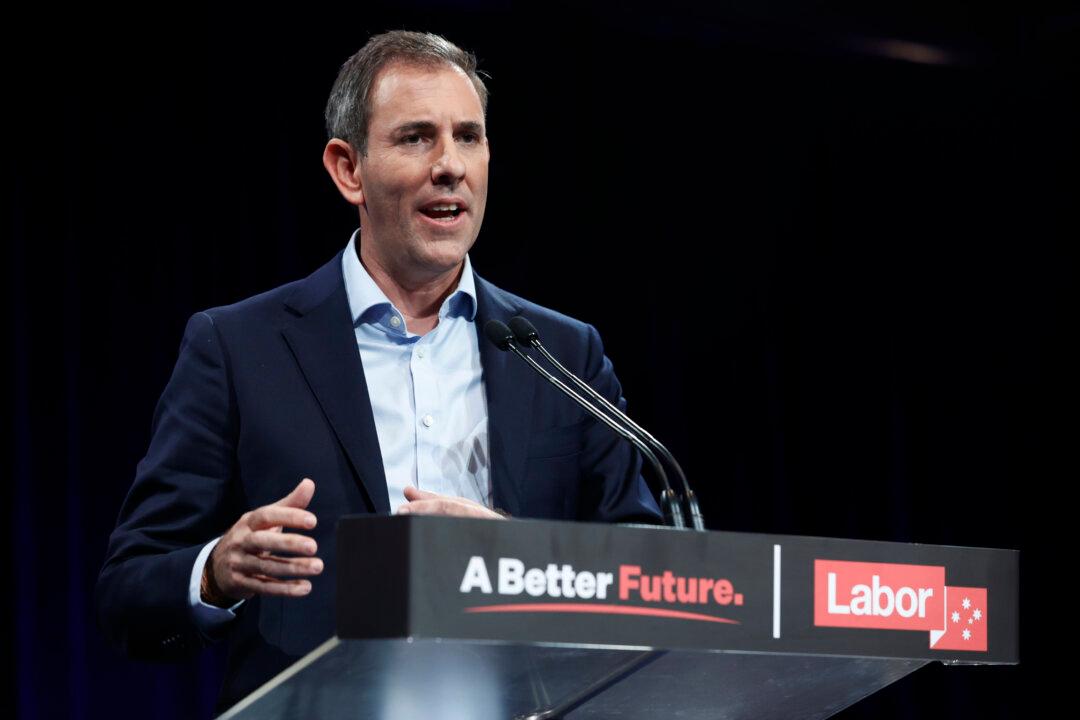Newly appointed Treasurer Jim Chalmers has said that Australia’s economic growth outlook will be affected by increasing interest rates.
The warning comes after the treasurer had discussions with Reserve Bank of Australia (RBA) governor Philip Lowe as the central bank is trying to curb the fast-growing inflation.





